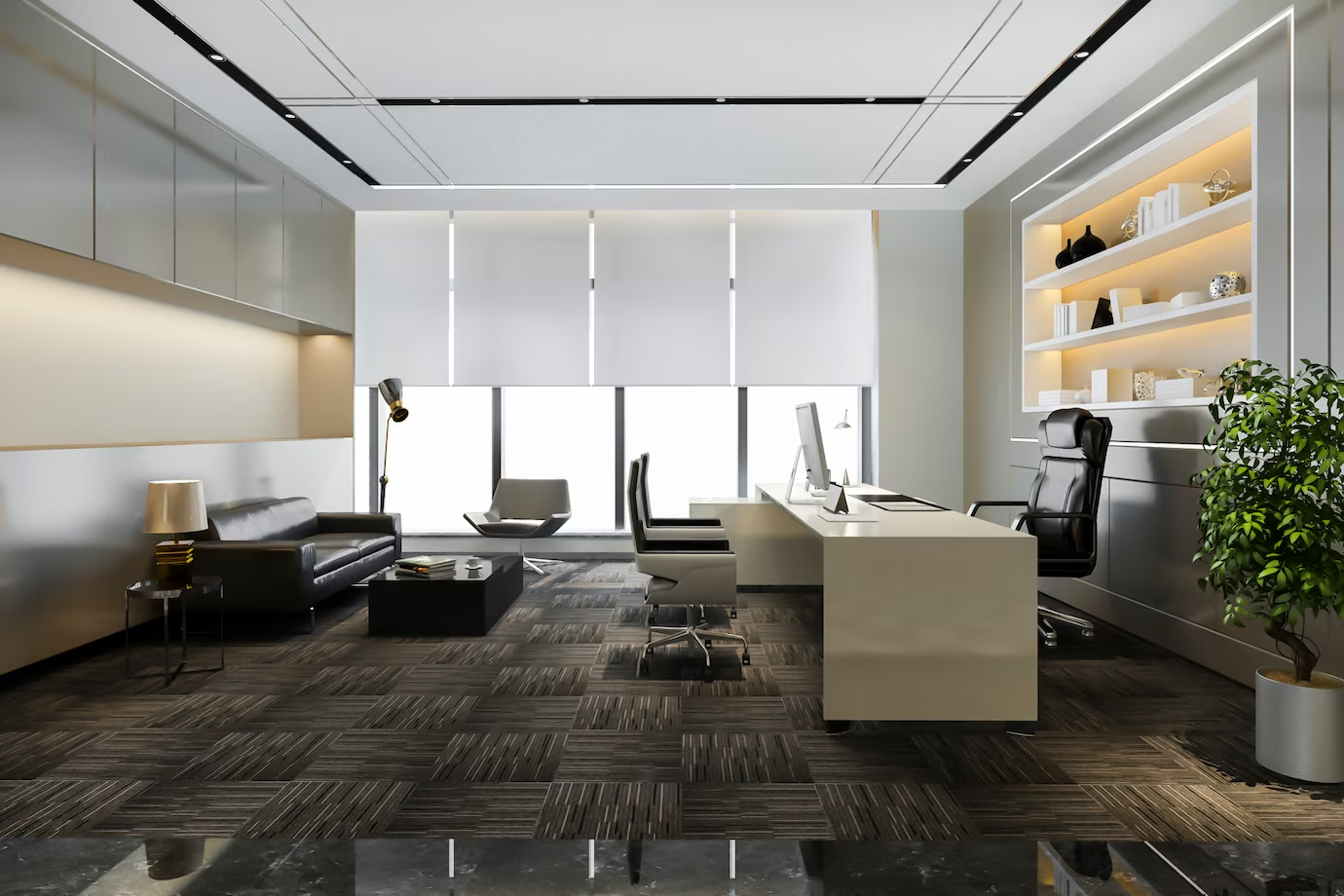A safety cabinet Malaysia isn’t the only cabinet that you will need for your first lab. You might also need a biosafety cabinet if you are working on certain biological agents, which may pose a risk of endangering your workspace. Thus, this furniture gives you a safe space for such experiments.
A biosafety cabinet alone isn’t really enough, you also have to account for the pathogens you are going to work on and how dangerous they are. If they aren’t too dangerous for the air, you may only have to use class 1.
Speaking of classes, there are three of those that you should be familiar with. Class 1, 2 and 3 respectively are designed to protect yourself, the environment and your space. The more dangerous the biological agent, the higher the required class.
Class 1
For further reference, there are a total of four biosafety levels. Level 1 are agents posing minimal risks at work and are generally experimented in open lab cabinets without any uses of special containment equipment. Level 2 refers to diseases or pathogens with a moderate risk level, such as measles and Hepatitis B.
Level 3 applies to exotic agents that can cause serious or lethal diseases via aerosol transmission, such as yellow fever and encephalitis. Finally, level 4 biohazards are the most dangerous and working with them requires maximum protection and containment at all times. Examples include Ebola and any other samples with unknown risks.
Moving on, class 1 cabinets only protect the environment and personnel. This is suitable for you if you are only dealing with pathogens that pose low to medium risks. The biosafety levels suitable for this class are 1, 2, and 3.
Though class 1 cabinets look like fume hoods, the HEPA filter inside does its job of filtering the air before it is exhausted.
Class 1 should never be used to experiment with any pathogens or other materials that are prone to airborne contamination since the unfiltered air can bring in microbial contaminants inside the cabinet.
Class 2
A Class 2 cabinet is suitable when you are seeking protection for personnel, your workplace and products. The three notable features of the class 2 cabinet are a front opening with continuous inward airflow, a HEPA-filtered, vertical and unidirectional airflow within your workplace, and a HEPA filtered exhaust air to the room.
The Class 2 cabinets are either of the four types: A1, A2, B1 and B2. The main differences are exhaust systems and inflow velocities.
Class 3
A Class 3 cabinet is also called a “glovebox” as there is a physical barrier between yourself and your work in the form of a non opening, sealed front window. The cabinet you need to work with level 4 biohazards, you will work while wearing heavy duty rubber gloves attached to the ports in the cabinet’s front.
To remove materials, it must be done so through a safety airlock transfer hatch or double door autoclave, which can be found on the side of the chamber of the cabinet for decontamination. To avoid both autoclave and pass-through doors from opening at the same time, interlock or protocols must be implemented.






